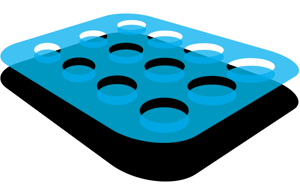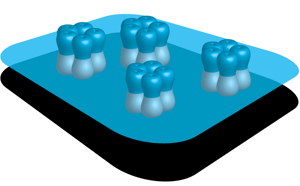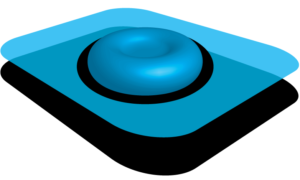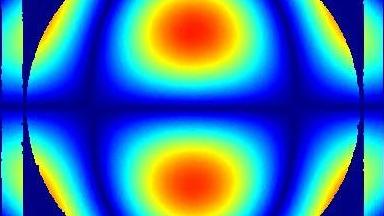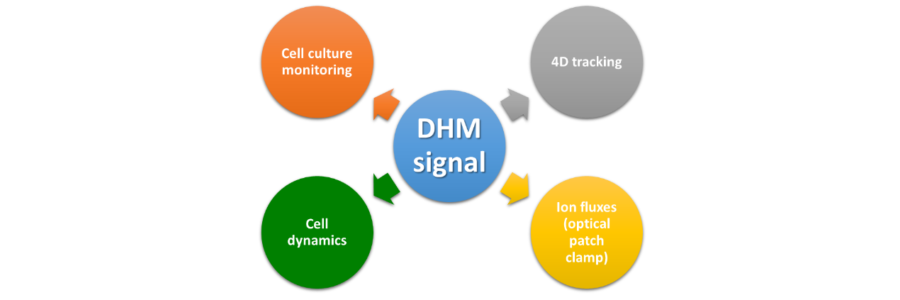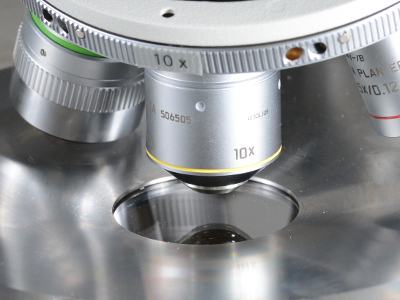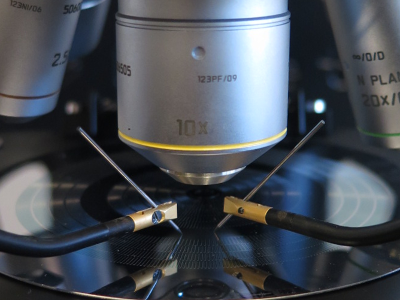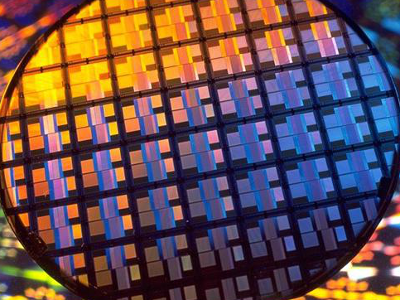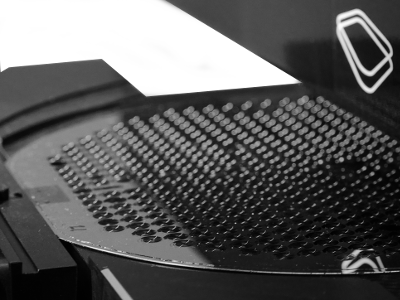量化相位显微 Quantitative Phase Microscopy QPM
Lyncée Tec is particularly proud to be the pioneer company developing the use of Quantitative Phase Microscopy (QPM) in the field of cellular biology. Since the patented invention of DHM®, Lyncée team has worked in close cooperation with the biologist of the Swiss Federal Institute of Technology of Lausanne (EPFL) to discover with them the various interpretation of QPM in cell biology. The most relevant publications concerning biological imaging are based on measurements performed by DHM® by Lyncée Tec.
Absolute quantitative measurements
Label-free, strictly non-invasive
- No phototoxicity,
- No photobleaching
- No photothermal effects
4D: dynamical time-analysis of cells morphology
- No scan necessary
- Optional high speed camera
- Digital focusing
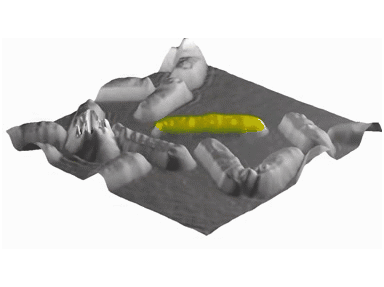
The Digital Holography Microscopy (DHM®) has been developed in close cooperation with biologists. Used in conjunction with dedicated software, it enables easy and efficient approach for daily QPM investigations in cellular imaging labs.
Time-lapse, cell tracking, cell differentiation, cell cycle monitoring, cell proliferation and morphology measurements are among the main applications. Quantitative measurements enable objective criteria decision and classification.
QPM for biological imaging is usually performed with a transmission DHM®, and its software for acquisition and analysis. It can be completed by optional motorized XYZ stage and by a fluorescence module enabling you to compare DHM® measurements with fluorescence data. Output data are compatible with ImageJ for instance for more extensive and detailed analysis.
Increase your efficiency:
- No cell preparation
- Perform non invasive time-lapse measurements.
- Easier cell segmentation: data analysis is faster and easier.
- Digital autofocusing: less data to discard
Decrease your running costs:
- Need of less resources for assays preparation.
- Do no use labeling agent.
- Simply your experimental protocol.
- No need to change mediums and to washout.
DHM® versus alternative techniques
DHM® is a label-free and quantitative image based technique being able to study single cells, providing thus good specificity using well defined protocols. Other methods require in most of the case cell preparation, (labelling). Quantitative phase has very valuable biological interpretation and allows investigation of unexplored physiopatological processes of living cells.
DHM® is a non-scanning technique, enabling LIVE measurement of dynamical phenomenoms.
DHM® provides numerical focalization, enabling to retrieve a sharp focus without time consuming vertical height adjustment of the samples. This enables unrivaled screening speed. An additional advantage is that it can be performed after acquisition, reducing the risk to lose a set of important data due to bad vertical adjustment.
- Yeast: cell cycle and protein content monitoring [Rappaz, 2009]
- Diagnostic: Pollen grain recognition [Charrière, 2008]
- Refractive index tomography of amibia, polens, neurones, etc. [Charrière 2006, 2007, Kuhn 2009, Cotte 2013]
- Polarization induced by biological samples [Jordan 2012], in Nature Photonics.
